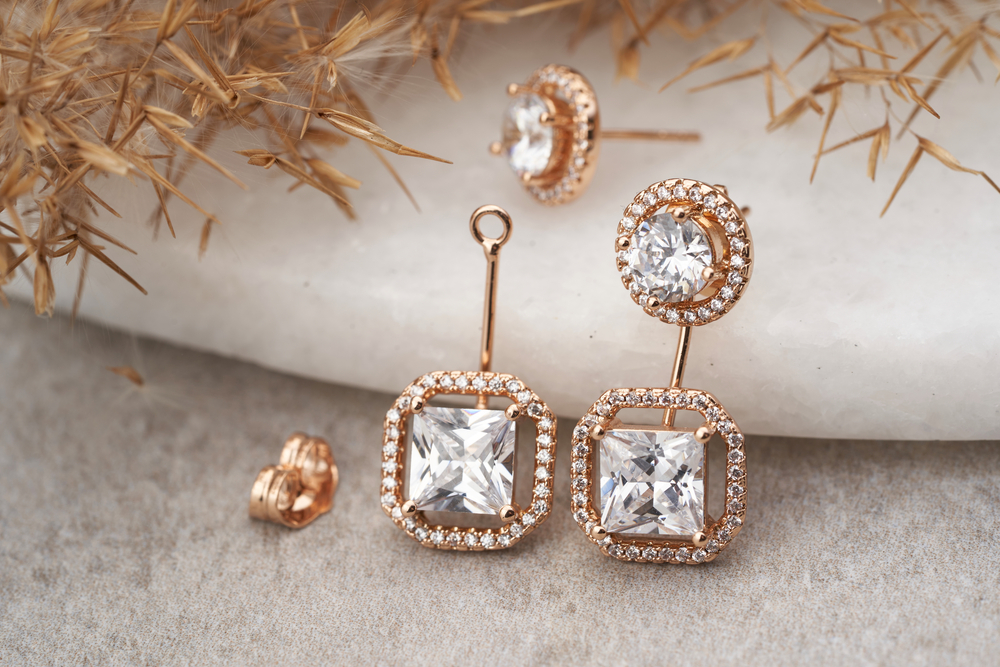
In the world of cutting-edge technology and manufacturing, the demand for superior cutting tools has never been higher. Whether it’s precision surgery or crafting aerospace components, the quality and durability of blades are critical. Traditionally, diamonds have been the go-to material for creating some of the sharpest and most resilient cutting tools. However, their high cost has prompted researchers and engineers to explore alternative options. This article delves into the fascinating realm of artificial diamonds and investigates whether they can revolutionize the production of affordable blades.
The Diamond Dilemma
Diamonds, with their exceptional hardness and exceptional thermal conductivity, have long been synonymous with cutting precision. Natural diamonds, formed deep within the Earth’s crust over millions of years, are a finite and expensive resource. The mining and processing of natural diamonds entail significant costs, making them a luxurious choice for blade production.
The Cost Advantage
One of the most appealing aspects of artificial diamonds is their cost-effectiveness. This makes them an attractive proposition for industries that rely heavily on cutting tools, such as mining, construction, and precision engineering.
Precision Cuts: The Key Application
When it comes to blades, precision is paramount. Artificial diamonds have gained traction in industries that demand ultra-precise cutting, such as the manufacturing of semiconductors and medical instruments. The hardness of artificial diamonds allows for clean, precise cuts that are essential for the production of intricate components.
Durability And Longevity
Blades made from artificial diamonds exhibit exceptional durability and longevity. They can withstand the wear and tear associated with continuous use, making them a cost-effective choice over time. This durability is particularly valuable in industries where blade replacements can be frequent and costly.
Environmental Considerations
Beyond cost savings, artificial diamonds are also more environmentally friendly than their natural counterparts. Diamond mining can have a significant ecological footprint, including habitat destruction and carbon emissions. In contrast, lab-grown diamonds can be produced with lower environmental impact, aligning with the growing trend towards sustainable manufacturing.
Challenges And Advancements
While artificial diamonds offer a promising alternative for blade production, some challenges remain. Researchers continue to work on enhancing the size and quality of lab-grown diamonds. As technology advances, the availability of larger, high-quality artificial diamonds is expected to increase, further expanding their potential applications.
Artificial diamonds are poised to disrupt the world of blade manufacturing, offering a cost-effective and environmentally friendly alternative to natural diamonds. Their exceptional hardness, precision, and durability make them a compelling choice for industries that rely on sharp cutting tools. As technology continues to evolve, we can expect to see artificial diamonds playing an increasingly significant role in precision engineering, construction, and other fields. So, while they may not yet be the universal blade of choice, artificial diamonds are undoubtedly a shining beacon on the horizon of affordable, high-performance cutting tools.
